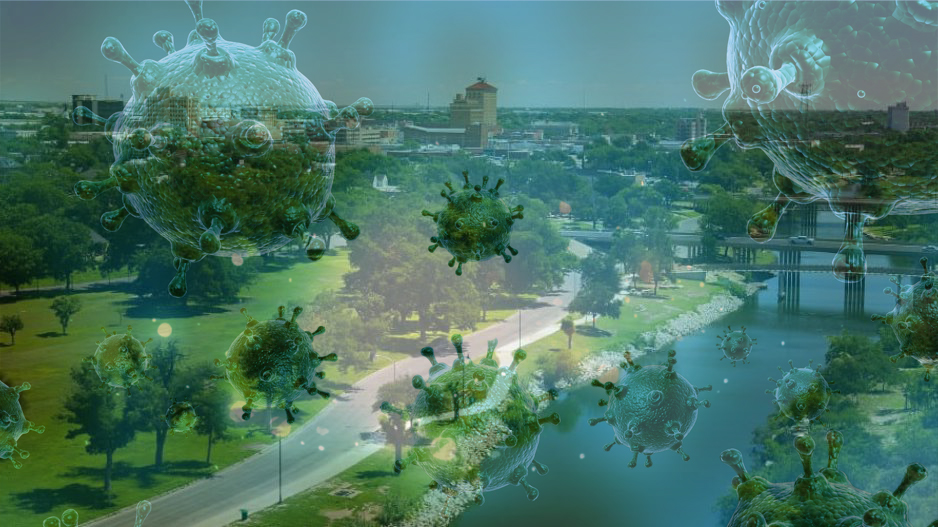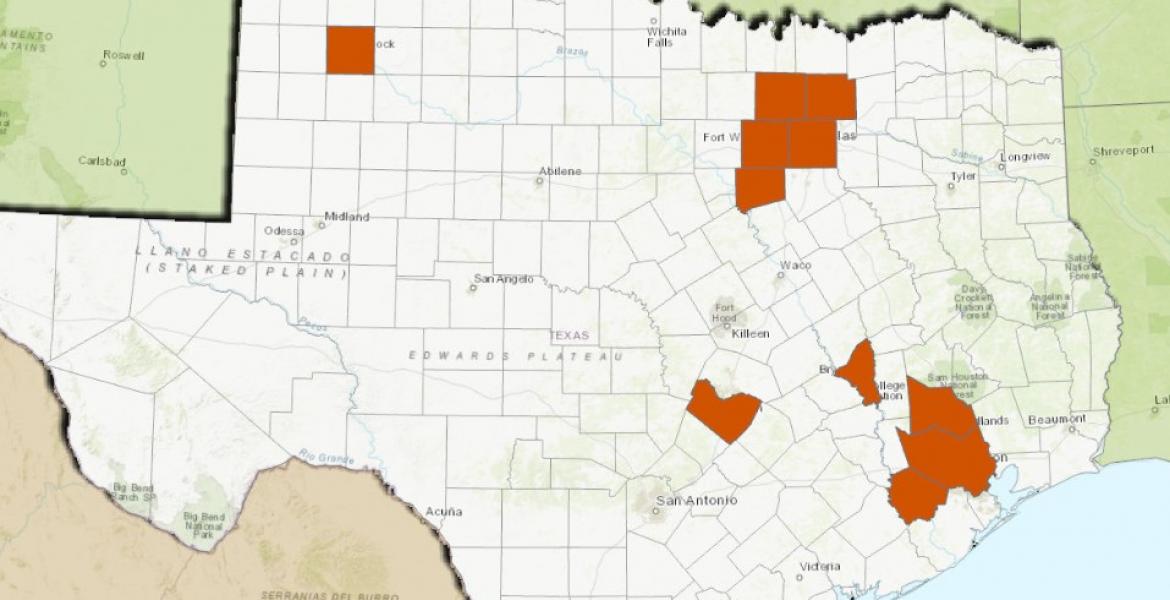SAN ANGELO, TX – Allergy season is here, and many living in San Angelo may be wondering what exactly triggers their allergic reactions. LIVE! sat down with Shannon Allergy and Immunology specialist, MD PhD., Stuart L. Abramson to learn more about allergies and the symptoms involved.
Approximately 50 million Americans suffer from some form of allergic disease and these numbers are not decreasing, the American Academy of Allergy Asthma and Immunology (AAAAI) reports. The commonly used term of “allergen” refers to any substance that can trigger an allergic response.
Some of the obvious symptoms are sneezing, itching, runny nose, and congestion. However, some cases can lead to asthma flare-ups which can further lead to coughing, lack of breath, and chest pains. In some instances, skin manifestations can occur leading to hives or itching.
“The weather is certainly important for allergies, and usually hot, dry, and windy weather will bring a lot of airborne pollen,” Dr. Abramson said. “When these condition happen the pollen count often goes up.”
He added that when it’s raining the pollen count drops significantly, referring to the heavy thunder storm that hit San Angelo on June 23.
“We have had a very low level of pollen count for a little while,” Dr. Abramson added. “Now, if the wind comes from the southeast we can get some of the mold spores when it’s humid.”
He further explained the significance of the weather playing a role in allergies as a lot of people are susceptible to air born molds.
Molds are a tiny fungi related to mushrooms but without stems, roots, or leaves. Much like pollen, their spores float around in the air. The outdoor mold's spores begin to increase in warmer temperatures especially in the summer months when U.S. states reach their peak temperatures in July, the AAAAI states.
Both pollen and mold counts are used to measure the amount of allergens present in the air. There are two types of categories, pollen count and pollen forecast. The pollen count reflects real time conditions, while the forecast is based on past pollen data and general weather forecasts.
“Some people are more sensitive to airborne molds, which we don’t have nearly as much of when compared to southeast Texas,” Dr. Abramson said.
This kind of seasonal allergic rhinitis, or more commonly known as “hay fever”, is a result of the pollen and mold spores in the air. These can trigger a chain reaction in a persons immune system causing the previously mentioned symptoms.
Hay fever affects millions of people worldwide causing year round symptoms due to indoor allergens from pets, mold, dust mites and cockroach residue, according to the AAAAI.
The AAAAI also addresses the common misconception of hypoallergenic (being less likely to cause allergies) breeds of cats or dogs. Those who are allergic to animals are not allergic to their animals hair, but rather to an allergen found in the saliva, dander (dead skin flakes) and or urine of an animal with fur.
Dr. Abramson said the main outdoor allergen causing hay fever symptoms is grass during the late spring and early summer. For warmer states, like Texas, pollination can last year-round
To understand a person’s specific symptoms for allergies and what treatments are available, Dr. Abramson recommends visiting with an allergist/immunologist specialist like himself for a detailed evaluation.
The main difference with an Allergist is after completing medical school they take an additional two years of specialized training in the diagnosis and treatment of allergies, asthma, immune deficiencies and other immunological diseases (dysfunctional immune system).
Unlike a cold, Allergists stress that allergic symptoms are something people don’t just “get over”. Getting a physician’s evaluation can better determine a patients symptoms and better direct the best course of treatment and reducing time spent away from school or work.
“These [allergies] can affect the quality of life with how much rest a person gets between work and school,” Dr. Abramson urged. For those with new born children, it’s always beneficial to get a child checked for allergies early on.
“I think it’s always important to get symptoms checked,” Dr. Abramson added. “However it doesn’t need to be from an Allergist, primary care doctors are just as effective.” “I think if symptoms get more severe then it’s beneficial to speak with an Allergist.”
He believes an education is a large component for allergy care and can help evaluate why certain medication works for specific cases, like outdoor allergies or for cases of asthma.
Anti-histamines can be prescribed for fast acting relief of outdoor and indoor allergies, however, other medications are needed for anti-inflammatory and controlled congestion that need to be taken regularly.
“Someone with moderate to severe allergies will want to take prescribed medicine regularly,” Dr. Abramson explained. “If not daily, at least a week at a time to cover patients through the allergy season.”
He recommended using nasal saline rinse to get the full benefit of irrigating sinuses.
If anyone has these previously mentioned symptoms, make sure and call your family doctor to get evaluated as soon as possible. Allergy season last through the summer and can potentially last all year depending on a patients specific allergies. Dr. Abramson’s office phone is 325-481-2294 for those who may want to make an appointment for a full evaluation of their allergies.
Subscribe to the LIVE! Daily
Required






Post a comment to this article here: